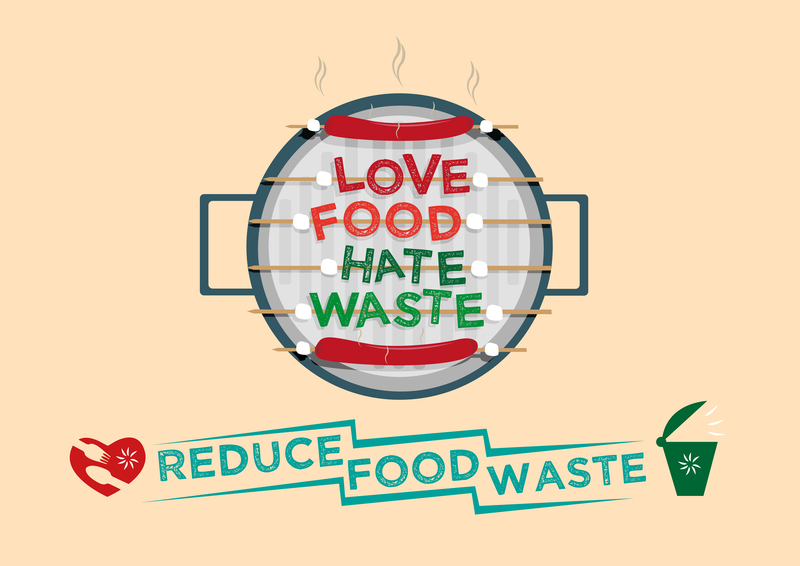Understanding the Best Practices for PPE Waste Disposal at Home
The COVID-19 pandemic fundamentally changed the way individuals approach cleanliness and personal protection. Use of Personal Protective Equipment (PPE) such as masks, gloves, and face shields has become part of our daily lives. But with this change comes a new challenge: how do we dispose of PPE waste safely at home? Proper PPE waste disposal is crucial not just for our immediate safety, but also for environmental health. In this comprehensive guide, we will explore the best practices for PPE waste disposal at home, discuss its importance, and offer actionable steps you can take to manage PPE waste responsibly.
Why Is Proper PPE Waste Disposal Important?
Improperly discarded PPE, such as used masks and gloves, can expose others to infectious agents and pollute our environment. According to health experts, used PPE can carry pathogens, potentially spreading viruses and bacteria. Moreover, discarded single-use masks or gloves often end up in natural habitats, threatening wildlife and contributing to the growing plastic pollution crisis.
- Health Risks: PPE waste can carry viruses and bacteria, putting waste handlers and the public at risk.
- Environmental Hazards: PPE items are often made of plastics that do not biodegrade, leading to harmful litter and pollution.
- Community Responsibility: Proper disposal helps keep neighborhoods clean and safe for everyone.
With these risks in mind, let's break down the key PPE disposal practices for households that prioritize health and environmental stewardship.

Types of PPE Commonly Used at Home
Understanding the types of PPE you use at home will help with appropriate disposal. The most common household PPE items include:
- Disposable face masks (surgical masks)
- Reusable cloth masks
- Gloves (latex, nitrile, or vinyl)
- Face shields and protective eyewear
- Disposable gowns or aprons
Most disposable PPE items are made from plastics or synthetic fibers. While reusable items should be laundered and stored properly, single-use PPE must be handled with extra care when it comes to waste disposal.
General Guidelines for Safe PPE Waste Disposal at Home
1. Segregate PPE Waste from Regular Household Waste
Always keep PPE waste separate from other household trash. This reduces the risk of contaminating other recyclable or compostable materials and makes handling safer for both you and sanitation workers.
2. Double Bagging for Extra Safety
Adopt the practice of double bagging -- use two durable plastic bags, one inside the other, for disposing of used PPE. This contains any potential leaks and offers additional protection.
3. Seal Bags Securely
When disposing of PPE like used masks or gloves, always tie the bags tightly and make sure there are no tears or holes that could allow contamination to escape.
4. Wash Hands Thoroughly After Handling PPE Waste
Once you have disposed of the PPE securely, wash your hands with soap and water for at least 20 seconds, or use hand sanitizer if soap is not available.
5. Mark the Waste Bag, If Possible
Label PPE waste bags as "PPE waste" or "hazardous waste" if it is practical for your household. This alerts anyone handling the waste to the potential hazard.
How to Dispose of Various Types of PPE Waste at Home
Disposable Face Masks
- Never throw face masks directly into open bins or onto the ground.
- Fold face masks inward so the contaminated side is enclosed.
- Place masks in a dedicated plastic bag and tie it tightly before disposing of it in your main garbage bin.
Disposable Gloves
- Remove gloves using a technique that avoids touching the outside (turn them inside-out as you remove them).
- Bag gloves together and dispose of in a sealed plastic waste bag.
Reusable Cloth Masks
- Do not dispose of cloth masks as regular waste unless they are damaged or heavily soiled.
- Launder reusable masks often using hot water and detergent after each use.
- If discarding, cut the mask straps/fabric to deter reuse, then bag and dispose of safely.
Face Shields and Goggles
- If reusable, sanitize with an appropriate disinfectant after every use and store in a clean, dry location.
- Only dispose of broken face shields or goggles by wrapping and bagging securely before placing in garbage.
PPE Contaminated with Bodily Fluids
- PPE exposed to bodily fluids should be double-bagged, sealed, and clearly labeled.
- Place in the general waste, not recycling or compost, and alert your waste handler if local laws require it.
PPE Waste and Your Local Regulations
Disposal regulations can vary widely by region. Some municipalities have specific recommendations or requirements for managing PPE waste generated at home. Always check with your local waste management authority for the latest guidance. In many cases, household PPE is treated as general waste, but exceptions may apply, especially if a household member is in quarantine or has been diagnosed with an infectious disease.
- See if your area has special pickup services for medical or hazardous waste.
- Follow quarantine-specific waste dos and don'ts if someone in your home is infected or suspected of being infected.
- Never place PPE in recycling bins - they contaminate recyclable materials and pose a risk to workers.
Environmental Impact of PPE Waste
While health and safety come first, the environmental repercussions of improper PPE waste disposal are significant. The majority of PPE (such as surgical masks and gloves) is made from polymers like polypropylene and polyethylene, which can take hundreds of years to break down.
Key Environmental Risks
- PPE waste can clog sewage and drainage systems, leading to pollution and flooding.
- Wildlife may ingest or become entangled in discarded PPE, causing injury and death.
- Microplastic pollution increases as PPE breaks down over time in the environment.
To minimize environmental harm, always dispose of PPE responsibly and encourage others in your community to do the same.
Alternatives and Sustainable Practices for PPE Waste Management at Home
Use of Reusable PPE Where Safe and Appropriate
- Opt for reusable cloth masks whenever feasible, especially for everyday use.
- Thoroughly clean and disinfect reusable PPE in accordance with health guidelines.
- If reusable PPE becomes damaged or loses effectiveness, dispose of it following the guidelines detailed above.
Reduce Single-Use PPE
- Use single-use PPE items sparingly and only when necessary.
- Avoid over-purchasing disposable PPE products.
Community Action and Education
- Educate family, friends, and community members on safe PPE disposal.
- Support local efforts to install PPE-specific waste bins in public spaces.
What Not to Do: Common PPE Disposal Mistakes
- Never flush masks or gloves down toilets; this causes blockages and environmental damage.
- Avoid throwing loose used PPE into public bins where it can be a hazard to public health.
- Do not recycle disposable PPE--most municipal recycling programs do not accept them.
- Never burn used PPE at home; this can release toxic fumes and create a fire hazard.

Frequently Asked Questions About PPE Waste Disposal at Home
Can disposable masks be recycled?
No, disposable masks should not be placed in recycling bins. They are made of composite plastics and potentially contaminated, which makes them unsuitable for standard recycling processes.
How should I dispose of PPE used by a sick or quarantined person at home?
Double bag the PPE waste, seal it tightly, and dispose of it in your general trash. If local regulations require, label the bag as 'infectious' or 'COVID-19 waste' and follow any instructions from health authorities.
Are there safe ways to reduce the amount of PPE waste at home?
Yes. Adopt sustainable practices by using reusable PPE where possible, purchase only as much PPE as needed, and properly care for reusable items.
Conclusion: A Responsible Approach to PPE Waste Disposal at Home
The rise in use of PPE has made it imperative for every household to understand the importance of responsible PPE waste disposal practices. By separating, securely bagging, and correctly labeling PPE waste, we safeguard our families, sanitation workers, and our environment. Never dispose of PPE in recycling bins or public spaces, and always follow local guidelines. Adopting reusable options where appropriate and educating others multiplies these benefits, creating a safer and cleaner community for all.
Remember: Our daily practices have a lasting impact. By following these strategies for PPE waste disposal at home, we contribute to better public health and environmental stewardship.